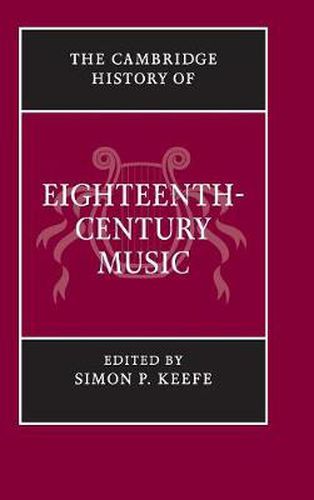Readings Newsletter
Become a Readings Member to make your shopping experience even easier.
Sign in or sign up for free!
You’re not far away from qualifying for FREE standard shipping within Australia
You’ve qualified for FREE standard shipping within Australia
The cart is loading…






The eighteenth century arguably boasts a more remarkable group of significant musical figures, and a more engaging combination of genres, styles and aesthetic orientations, than any century before or since, yet huge swathes of its musical activity remain under-appreciated. The Cambridge History of Eighteenth-Century Music provides a comprehensive survey, examining little-known repertories, works and musical trends alongside more familiar ones. Rather than relying on temporal, periodic and composer-related phenomena to structure the volume, it is organised by genre; chapters are grouped according to the traditional distinctions of music for the church, music for the theatre and music for the concert room that conditioned so much thinking, activity and output in the eighteenth century. A valuable summation of current research in this area, the volume also encourages readers to think of eighteenth-century music less in terms of overtly teleological developments than of interacting and mutually stimulating musical cultures and practices.
$9.00 standard shipping within Australia
FREE standard shipping within Australia for orders over $100.00
Express & International shipping calculated at checkout
The eighteenth century arguably boasts a more remarkable group of significant musical figures, and a more engaging combination of genres, styles and aesthetic orientations, than any century before or since, yet huge swathes of its musical activity remain under-appreciated. The Cambridge History of Eighteenth-Century Music provides a comprehensive survey, examining little-known repertories, works and musical trends alongside more familiar ones. Rather than relying on temporal, periodic and composer-related phenomena to structure the volume, it is organised by genre; chapters are grouped according to the traditional distinctions of music for the church, music for the theatre and music for the concert room that conditioned so much thinking, activity and output in the eighteenth century. A valuable summation of current research in this area, the volume also encourages readers to think of eighteenth-century music less in terms of overtly teleological developments than of interacting and mutually stimulating musical cultures and practices.